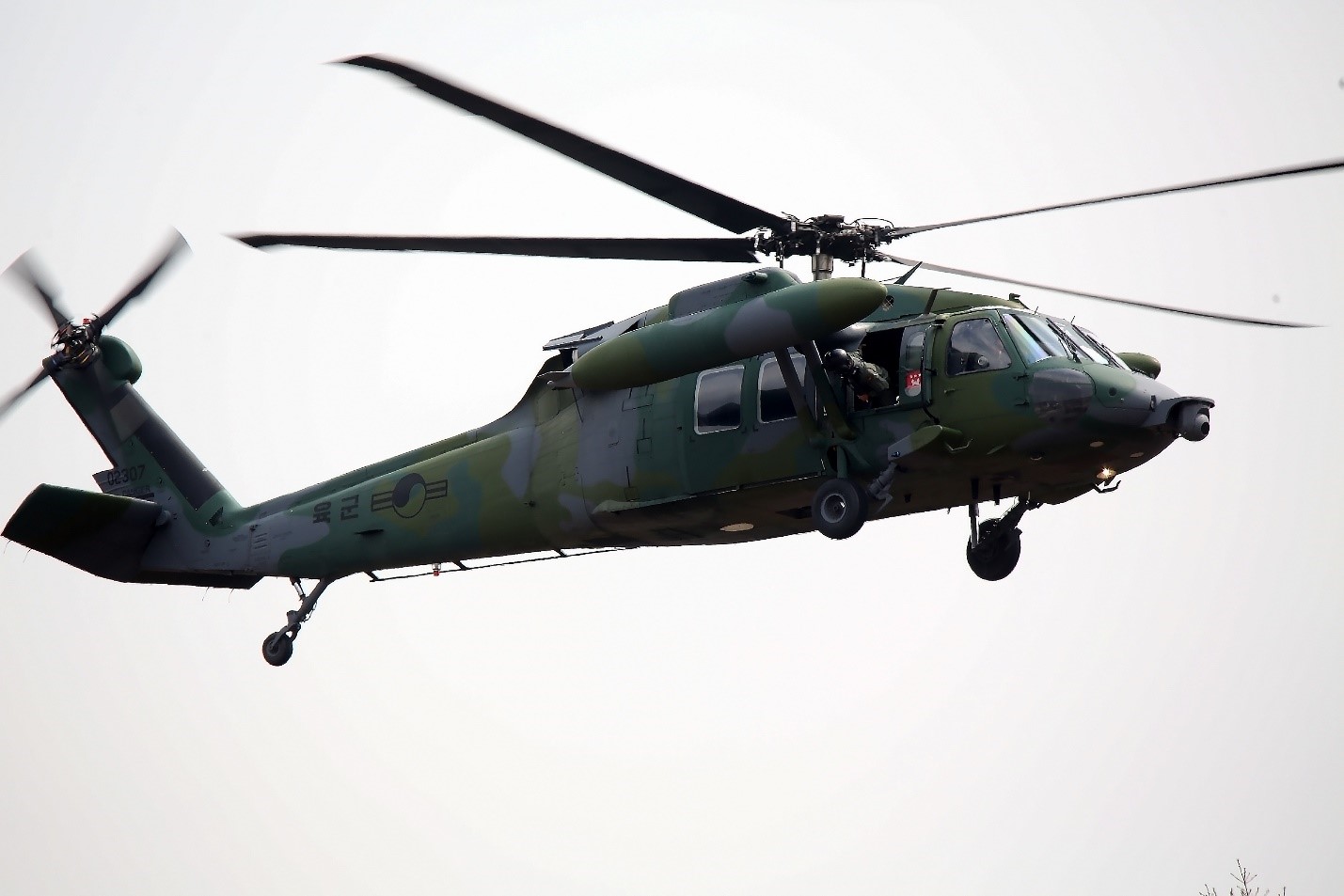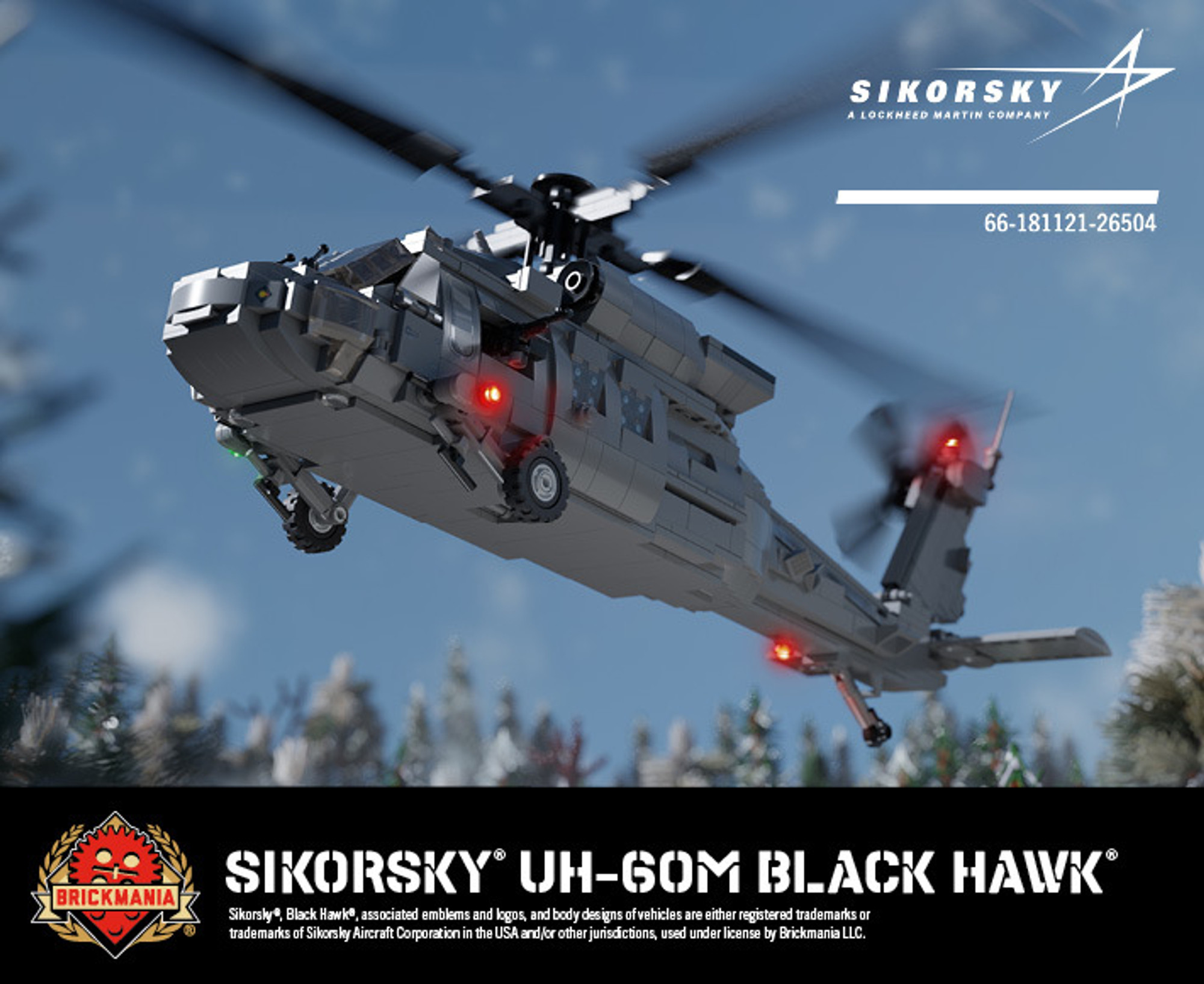Everything You Need to Know About the UH 60 Helicopter and Its Capabilities
Everything You Need to Know About the UH 60 Helicopter and Its Capabilities
Blog Article
Everything You Required to Find Out About the UH 60 Helicopter
The UH-60 helicopter, a keystone of U.S. Military air travel because its launching in 1979, represents an amazing mix of engineering and functional adaptability. Known for its remarkable rate and variety, the UH-60 has actually been adjusted for numerous goals, from army transportation to medical emptying. As military requirements progress, so too does the helicopter, with recurring advancements intended at improving its capacities and integrating modern innovations. To fully value the significance of the UH-60 in contemporary armed forces procedures, one should consider its history, design, and the future technologies that could redefine its function.
History of the UH-60
Created in the late 1970s, the UH-60 Black Hawk helicopter emerged as a feedback to the U.S. Army's need for a functional utility helicopter that could carry out a variety of objectives under tough problems. The inspiration for its layout was the shortcomings determined in the earlier helicopters utilized throughout the Vietnam War, particularly in terms of speed, survivability, and maneuverability.
The Black Hawk was designed by Sikorsky Aircraft, incorporating advanced technologies and materials to enhance its performance and sturdiness. It was formally presented into service in 1979, quickly coming to be an essential asset for military procedures - uh 60. Its capability to deliver troops, medical discharge, and logistical assistance in both battle and humanitarian goals made the Black Hawk an indispensable component of the united state Military's air travel fleet
Throughout the decades, the UH-60 has actually been constantly upgraded, adapting to the changing nature of war and the advancing requirements of contemporary military procedures. Its operational background consists of participation in significant disputes, peacekeeping objectives, and catastrophe relief initiatives, strengthening its track record as a reliable and reputable helicopter in various settings worldwide.

Style and Specifications
The layout of the UH-60 Black Hawk helicopter regularly mirrors a commitment to operational performance and flexibility. Developed by Sikorsky Aircraft, this medium-lift utility helicopter includes a streamlined, wind resistant fuselage that boosts speed and ability to move. Its tandem blades system, characterized by 2 counter-rotating blades, decreases vibration and boosts lift capability, permitting for safer operations in varied environments.
The UH-60 is powered by two T700-GE-701C turboshaft engines, supplying an optimum rate of approximately 180 knots and a variety of around 400 maritime miles. Its durable airframe is constructed from advanced composite materials, making certain resilience while preserving a fairly reduced weight. The helicopter has an optimum gross weight of concerning 22,000 extra pounds, sustaining a functional haul arrangement.

Missions and roles
A flexible system, the UH-60 Black Hawk helicopter serves a wide variety of duties and goals within armed forces procedures. Designed mostly for army transport, it can lugging up to 11 soldiers, making it a necessary More Info asset for fast implementation and logistical assistance.
In addition to troop transport, the UH-60 stands out in clinical evacuation (MEDEVAC) missions, furnished with innovative clinical tools to provide important treatment during transit. Its capability to run in varied settings boosts its effectiveness in battle search and rescue (CSAR) operations, where quick extraction of workers is crucial.
The helicopter additionally plays a significant role in reconnaissance and surveillance missions, utilizing onboard sensors and equipment to gather intelligence. Additionally, its adaptability includes logistical assistance, efficient in delivering products and tools to onward running bases - uh 60.
In battle operations, the UH-60 can be outfitted with various tool systems, enabling it to offer close air support. Its multi-role capability makes the Black Hawk an important tool for modern army pressures, adjusting perfectly to the progressing demands of battleground scenarios and ensuring goal success across a range of operational contexts.
Efficiency and Abilities
Known for its durable performance, the UH-60 Black Hawk helicopter flaunts excellent capabilities that enhance its functional efficiency across different missions. uh 60. This multi-role airplane is furnished with powerful twin-engine Turbomeca Arriel 1D1 engines, providing phenomenal rate and maneuverability, with an optimum cruise ship speed of roughly 150 knots and an operational variety of around 400 nautical miles
The Black Hawk's innovative avionics and fly-by-wire control systems dramatically enhance flight safety and handling, allowing it to run in diverse settings, consisting of negative weather. Its flexibility is more exemplified by its capacity to bring up to 11 fully equipped troops or a payload of around 8,000 pounds, making it excellent for troop transportation, medical emptying, and logistical assistance missions.
Furthermore, the UH-60 is designed for survivability, featuring strengthened airframes, ballistic defense for crew and travelers, and progressed countermeasure systems to evade dangers. The helicopter's dexterity and rate, combined with its capability for quick deployment, make it an essential possession in modern-day military operations, making certain that it remains a crucial element of tactical air assistance and battlefield wheelchair.
Future Dope

One significant emphasis is the integration of innovative avionics systems, which will boost situational understanding through boosted navigation and interaction abilities. This consists of the prospective use of expert system to aid pilots in decision-making and mission preparation.
Furthermore, future versions may include sophisticated materials and style functions to reinforce the helicopter's sturdiness and lower its radar trademark, improving survivability in disputed environments.
The intro of hybrid-electric propulsion systems is also imminent, intending to boost gas effectiveness and reduce logistical concerns. Such innovations could expand operational range and minimize the helicopter's environmental impact.

Verdict
The UH-60 helicopter stands for a considerable advancement in military aeronautics considering that its introduction in 1979. Its durable design, flexible capabilities, and continual upgrades ensure its importance in numerous functional functions, including army transport and clinical evacuation. As innovation advances, future growths will likely improve its efficiency through the assimilation of man-made intelligence and hybrid-electric systems. The UH-60's sustaining existence underscores its essential role in modern-day armed forces operations and highlights the recurring evolution of armed forces aviation innovation.
The UH-60 helicopter, a cornerstone of U.S. Military aeronautics because its launching in 1979, stands for an amazing mix of design and operational adaptability. As army needs develop, so as well does the helicopter, with recurring advancements aimed at improving its capacities and integrating modern technologies.The style of the UH-60 Black Hawk helicopter continually you can try these out reflects a commitment to operational effectiveness and convenience. Developed by Sikorsky Aircraft, this medium-lift energy helicopter includes a streamlined, wind resistant fuselage that enhances speed and maneuverability.The UH-60 helicopter represents a substantial advancement in armed forces air travel given that its intro in 1979.
Report this page